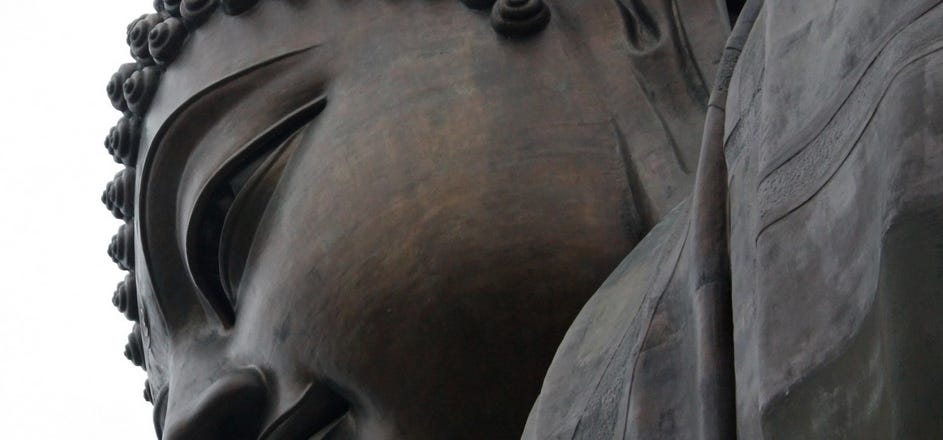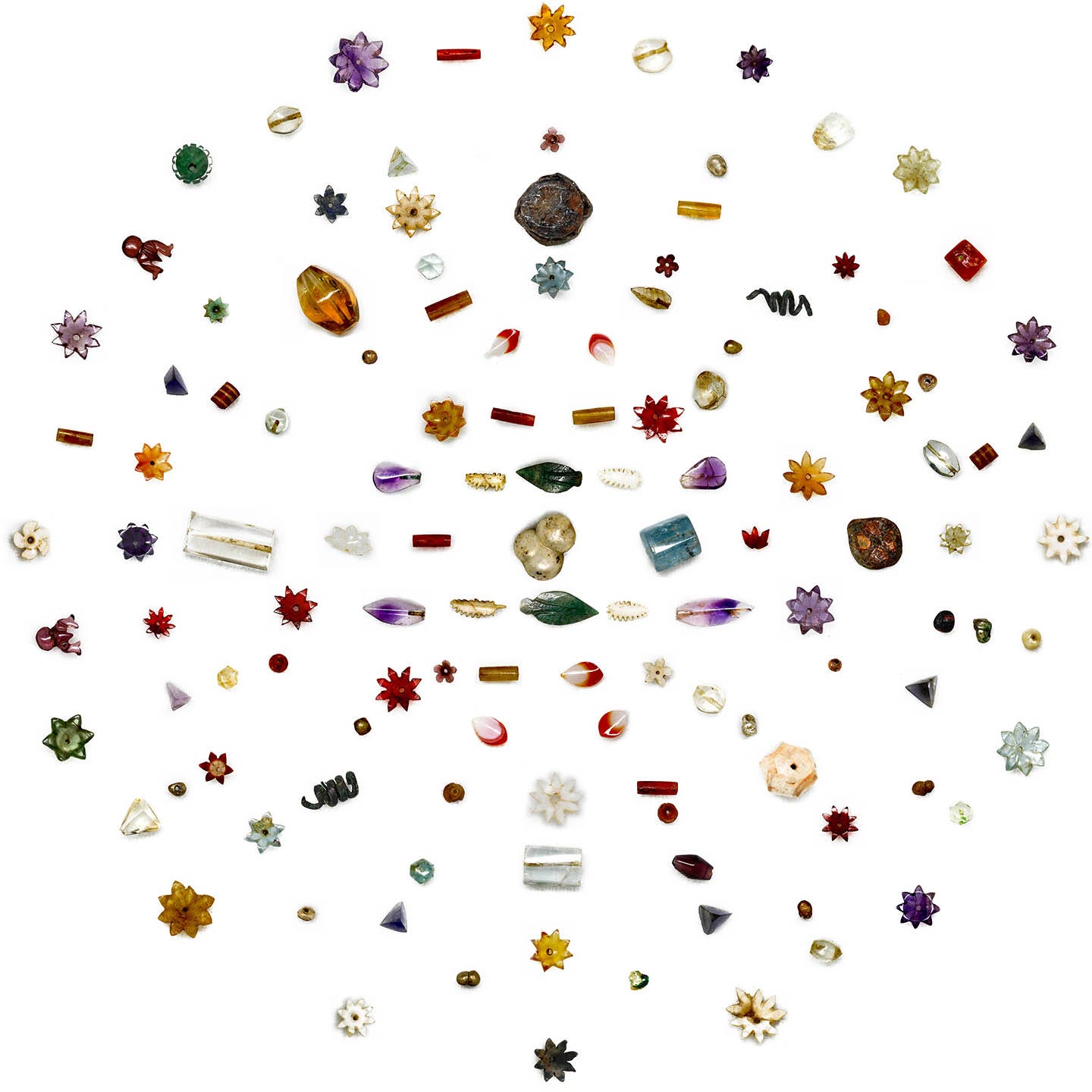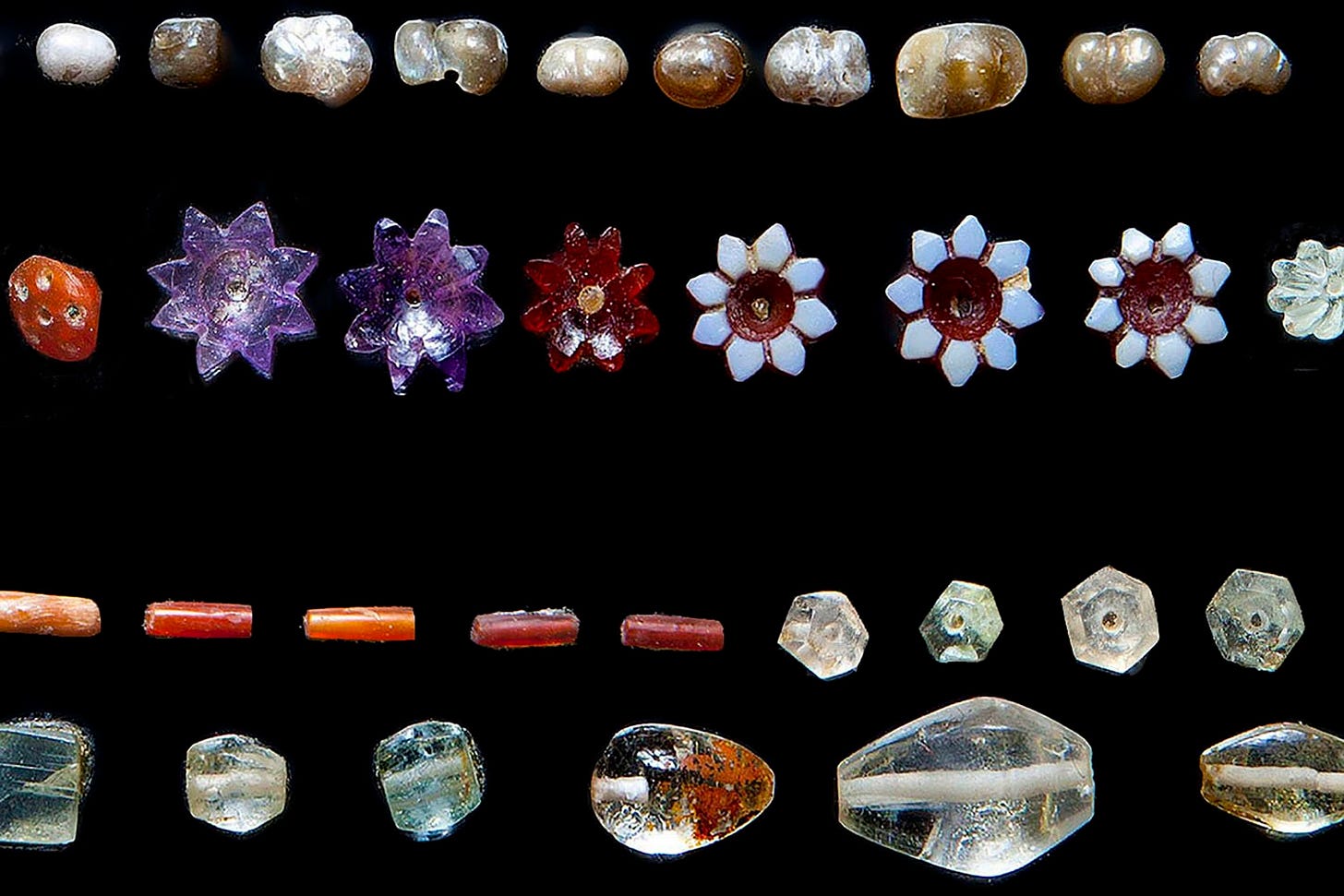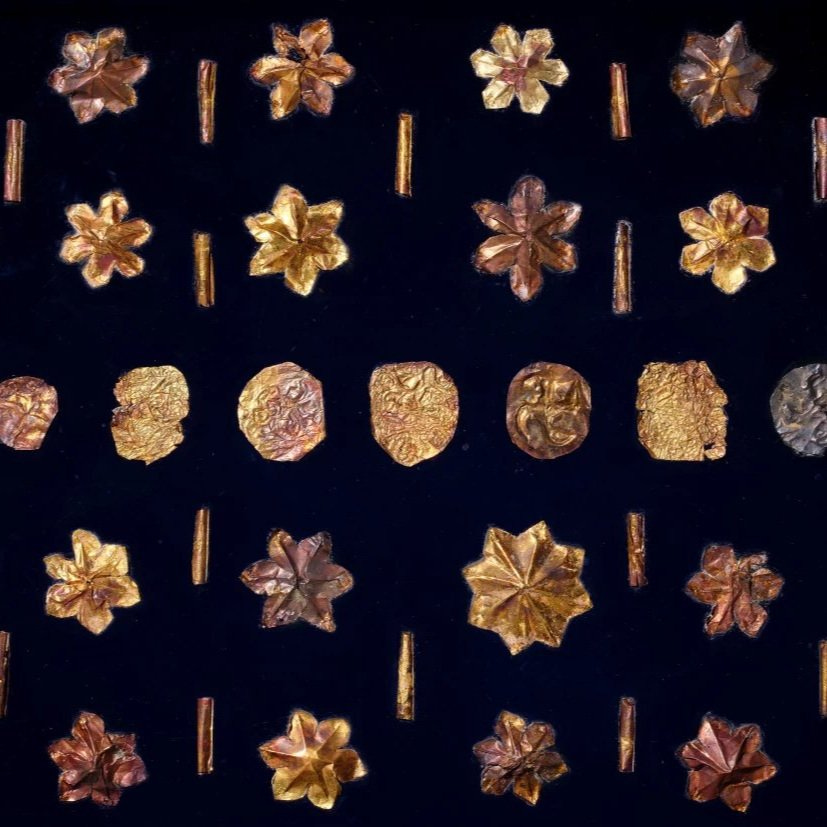Jewelry as Relic and Intimate Reminder of Values
Using your creative practice to guide your life
Times of great uncertainty make us feel unmoored, afloat, and without a clear direction. It's hard to know how to respond when life takes a dramatic turn, especially if we look to the past for guidance. Any study of human history shows a tendency to repeat our mistakes. As a species, we are very slow learners. This habit of self-harm makes the occasional moments of grace scattered through time stand out.
Among these occurrences of enlightenment are the visitations by holy beings whose short lifetimes bring a transformative message that resonates for millennia.
The Piprahwa Gems of the Historical Buddha Mauryan Empire, Ashokan era, circa 240-200 BCE
~~~~
In difficult times, we have relics from these messengers to remind us of what is possible and to possibly guide us.
Relics keep the teachings alive.
Our current use of the word relics is often limited to the bones or corporal remnants of the holy person. However, the broader use of the concept includes meaningful objects, frequently jewelry, from that time and place.
The Buddha was one of these beings, and I was surprised to learn that some artifacts associated with his cremation are being offered to the public. In May, Sotheby's is auctioning 2500-year-old relics from the Buddha's followers that were used in the cremation ceremony.
There is an interesting story about how these items were discovered. Here are two websites to learn more.
"Unearthed in 1898 during the excavation of an ancient Buddhist stupa at Piprahwa, near the India-Nepal border, these treasures were accompanied by a reliquary urn. An inscription on the urn identifies the bone relics within as none other than the Sakya clan's portion of Gautama Buddha's sacred remains, the revered founder of Buddhism."
The language of jewelry.
Jewelry is a bridge connecting us to the most meaningful human emotions. These 2500-year-old beads look contemporary, reinforcing the idea that we intuitively speak this language.
Most of the carved gems and pearls in the Piprahwa collection are drilled to be worn as beads. Many of them are in the form of flowers. Expressing a connection to the Earth with gemstones and nature motifs is a basic jewelry concept that continues to resonate.
Awareness of this connection and language can guide your design choices as you seek to develop work that resonates beyond your lifetime. Not that making a mark in history is your goal, but that creating work with deep resonance has value.
Maintaining Your Creative Practice
Another way to navigate uncertain times is by following your plan. Even if circumstances require making changes, it is essential to have a baseline to ground your decisions. Knowing what you want and a plan to accomplish is a great comfort, even if implementation is temporarily slowed.
The Pathfinder Process is our Jewelry Club program for assessing your creative practice and setting goals. The 2025 version is coming soon.
Meanwhile, let me share the results you can expect from the program.
Pathfinder Process Results
One of the most valuable aspects of Pathfinder is the insight you gain into your core values and motivations. It is these elements that lead to a satisfying outcome. Most goal-setting programs focus on how much money you want and the steps to attain it. Money is important, but using money as the lodestar can lead to an empty, unsatisfying goal for creative people.
In addition to creating goals and action steps to guide the physical production of your work, the Pathfinder Process results in a body of information you will use in all aspects of your creative practice.
Identify what provokes your emotional responses to understand your values, taste, and style.
Reveal themes running between the work you and others made by noticing what intrigues or attracts your attention in the world and coaxing your designs in that direction.
Create a set of visual prompts for new work.
Realize who is buying your work, wearing your jewelry, or enjoying it in their home to know how to attract more like-minded fans.
Objectively review displays and presentations of your work to assess the message you are sending.
Compile a list of adjectives and phrases to use when writing about your work for artist statements, product descriptions, ad copy, and all those social media captions. Many artists find writing these critical items anxiety-producing, tedious, or boring, resulting in unimaginative text.







